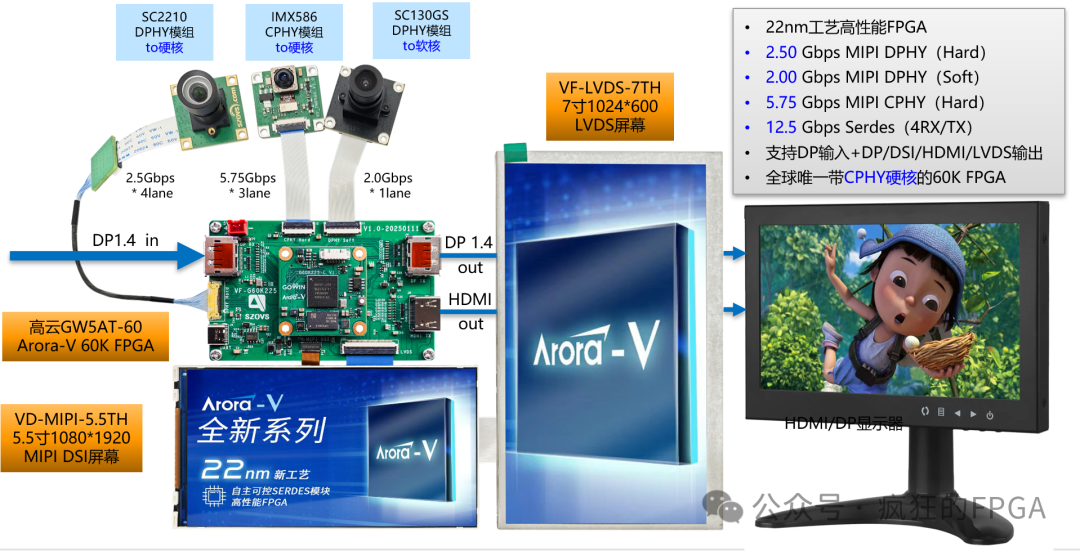
By Kate Yuan
(JW Insights) Apr 12 -- Chinese OLED material manufacturers are actively competing in supply chain, TrendForce reported on April 11, citing its latest report “AMOLED Technology and Market Status”.

OLED, the next generation of digital displays, has not only taken hold of the smartphone market but is also beginning to make its move into other applications. An increasing penetration rate has allowed the global value of OLED materials to be estimated at $2.23 billion in 2022, with a year on year growth rate of 30%. Production values are expected to reach $3 billion by 2025, owing to the support of manufacturers, according to the TrendForce report.
OLED production begins with synthesizing intermediates from raw monomers, and there’s a gross margin of about 10–20%. These are mainly supplied by Chinese manufacturing companies such as Jilin OLED Material (奥来德), Ruilian New Materials (瑞联新材), Aglaia Tech (阿格蕾雅), and Shenzhen Mason (麦逊电子).
In terms of terminal materials, some Chinese manufacturers have also been able to achieve mass production, and are now actively competing in the supply chain and driving growth. The chemical structure, processes, and formulas are essential to trade secrets for terminal material manufacturers with higher technological barriers, allowing for gross margins as high as 60–70%. The technology and patents are concentrated within a few international manufacturers.
Apart from established manufacturers like Tokuyama, Idemitsu Kosan, and LG, Chinese manufacturers are also beginning to enter into the market to supply functional layers, such as the Red Prime of Laite (莱特光电).
TrendForce believes the next stage of mobile terminal products will shift from folding smartphones to smart wearables, IT, and automotive applications, which will place more stringent demand on OLED components. Meanwhile, costs will become more competitive as more Chinese manufacturers enter the market.









